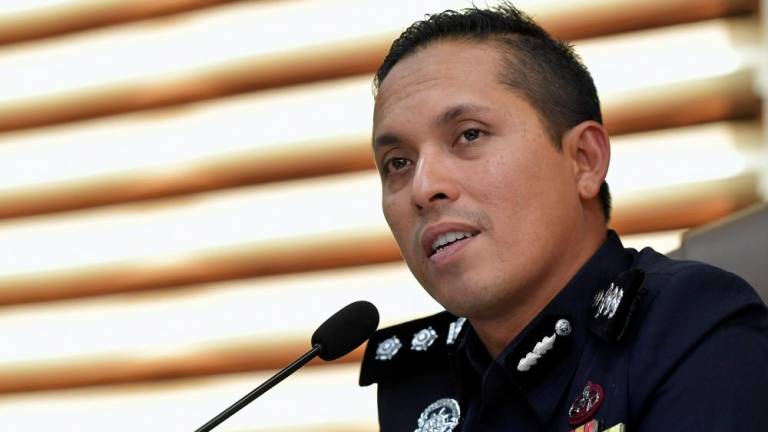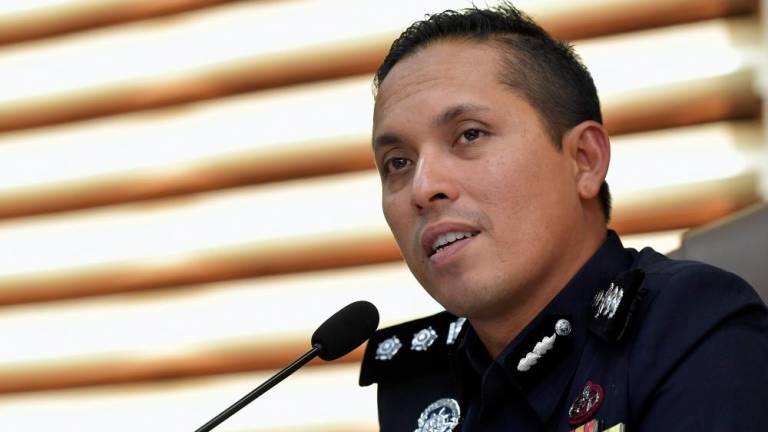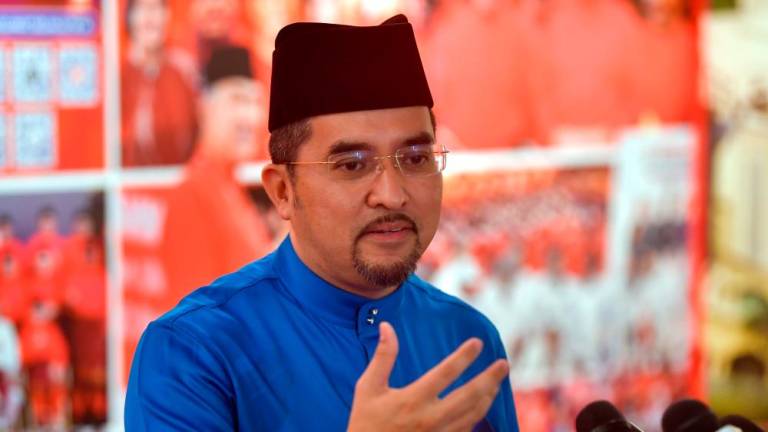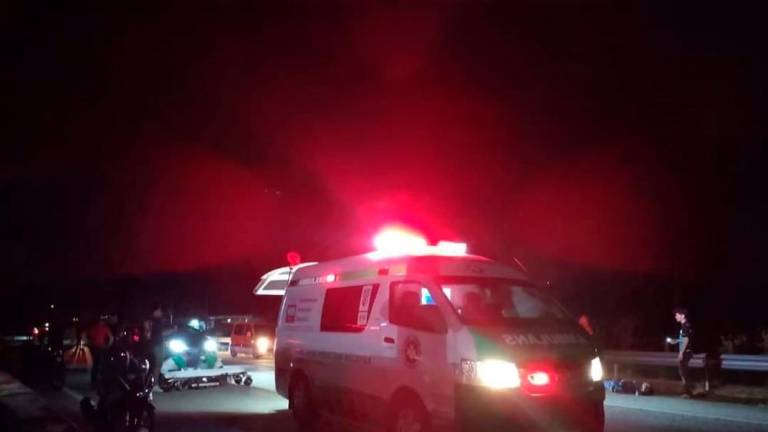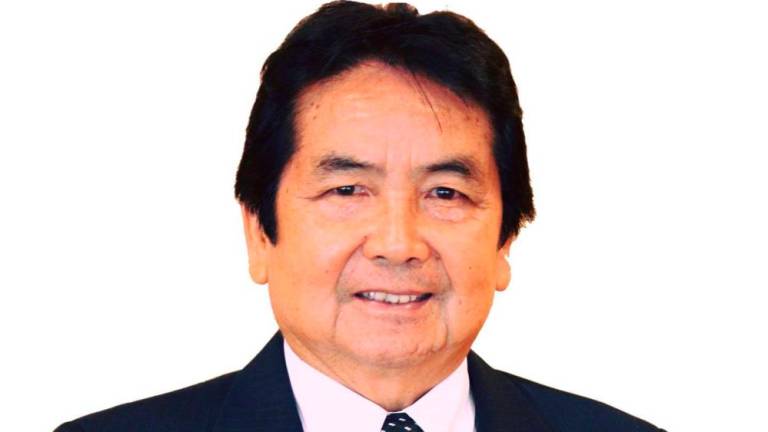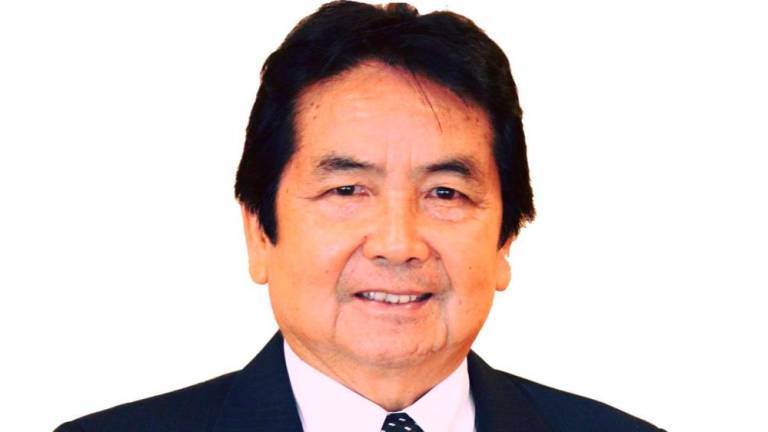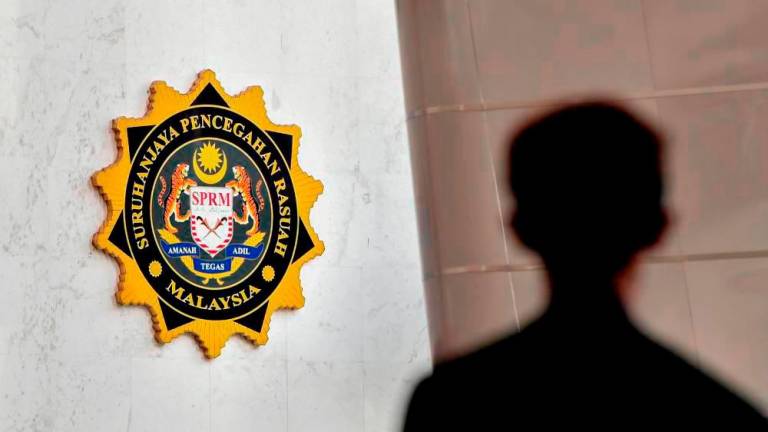ALTHOUGH Sabah eventually recovered after five months of fighting against the Covid-19 third wave following its snap election on Sep 26 last year, the Covid-19 daily infection figures has risen back to four digits again in the past few weeks.
Sabah recorded the second-highest number of Covid-19 cases last Sunday (i.e. 2,638 out of 19,807 cases) after Selangor. The state has reported over 2,000 daily new Covid-19 cases for six consecutive days. Aside from the rising number of Covid-19 infections in Sabah, both vaccine registrations and administration rates are the lowest compared with the rest of the states.
As of last Saturday, only 50.9%, or 1,402,730, individuals in Sabah had registered via the MySejahtera application for vaccination. It is relatively far behind the next lowest state, Kelantan, at 67.2%, according to statistics released by the Covid-19 Vaccine Supply Access Guarantee Special Committee.
The vaccine registration rate in Sabah is also lagging behind its neighbouring state, Sarawak, which has registered 83.1% as of last Saturday, according to the committee. Sabah also recorded the lowest vaccine administration rate, with only 20.7% of its population fully vaccinated. Therefore, there is an increasing concern that low vaccination coverage in Sabah may further limit its ability to recover from the adverse impact of the movement restrictions since mid-March last year.
EMIR Research wrote an article on how the reintroduction of lockdown measures in Sabah had affected the tourism sector, small and medium enterprises, and the low-income and vulnerable groups in general.
Despite the state government striving hard to minimise the economic impact by allowing more businesses to operate, many working Sabahans and local businesses have expressed their concern of a challenging situation due to the continuous four-digit figures in Covid-19 daily infections in Sabah.
To minimise the risk of infection, some businesses have chosen to close their shops temporarily. With less consumer spending, those who have yet to recover from the first movement control order would be most affected.
The continuous closure of international borders also poses an enormous burden on hotels and tour agencies in Sabah. According to the chairman of the Malaysian Association of Hotels, Sabah and Labuan chapter, Hafizan Wong, 40% of its members were forced to shutter temporarily due to low occupancy rate.
As the tourism industry in Sabah is largely driven by foreign tourists, the stretch along Kota Kinabalu’s Jesselton Point, where many travel companies operate, has become deserted.
With the expectation of more business closures and job losses, there is an increasing fear more Sabahans would be unemployed over the next few months, which would result in a more drastic fall of Sabah’s gross domestic product (GDP) for this year.
Its GDP, which is service-dependent, contracted from 0.7% in 2019 to -9.5% in 2020. Meanwhile, the unemployment rate rose from 5.8% to 8% for the same period, with graduate unemployment rate increasing from 8.1% to 9.3%.
Sabah is the poorest Malaysian state – 25.3% poverty rate in 2020 – and has the lowest GDP growth and highest unemployment rate in the country (-9.5% and 8.0%, respectively in 2020). Even before the emergence of the pandemic, Sabah recorded 19.5% poverty rate, merely 0.7% GDP growth and 5.8% unemployment rate in 2019. Due to lack of downstream processed products available for export, the contribution from the manufacturing sector was only 7.6% of Sabah’s GDP as of 2019.
According to Department of Statistics Malaysia (DOSM), Sabah’s state socio-economic report revealed that the composition of the manufacturing sector was similar to the pre-pandemic era, which was 7.8% in 2020.
Lesser manufacturing activities generated within the state, lower production, together with lower investment and consumption would result in lower GDP growth, and by extension, higher unemployment.
Although the recent Sabah Maju Jaya Development Plan 2021-2025 would offer job opportunities for Sabahans to work in the agriculture, industrial and renewable sectors, the daily four-digit Covid-19 infections would continue to provide uncertainty in Sabah’s economic outlook.
As mentioned by Dr Amar-Singh HSS in “Covid-19: What is coming our way?” (Code Blue, Aug 19, 2021), the Covid-19 crisis is now fully established in Sabah, with total completed vaccination rates of only 17.4% as of Aug 17. However, ramping up vaccination in Sabah will take time, given that Malaysia has so far only received 34% of the Covid-19 vaccine supply ordered as of Aug 17, as stated by Code Blue.
According to the DOSM’s Demographic Statistics for the first quarter of 2021, Sabah has the second largest state population (3.9 million) after Selangor (6.6 million). Therefore, it would be challenging for Sabah to mobilise a large number of vaccine corps driving through muddy, uneven roads, besides having to use a boat to reach the remote or rural population.
Due to a relatively small number of its population that have been vaccinated among a large population, the new federal administration could introduce Operation Surge Capacity in Sabah, to encourage more Sabahans to register for vaccination, and receive both doses of the vaccine soonest possible.
Below are some policy recommendations for the Covid-19 Vaccine Supply Access Guarantee Special Committee to look into:
1. Enhance coordination between the federal government and Sabah state government to ensure vaccines are distributed according to the population needs and logistical requirements;
2. Mobilise a large number of fully-vaccinated vaccine corps to volunteer in the vaccination programme. Vaccine corps refer to those who can administer vaccine shots, monitor individuals who have been just vaccinated and schedule second doses for the vaccines to be fully effective. Besides medical, nursing and pharmacy students, vaccine corps can also include community grassroots, comprising retired or unemployed clinicians;
3. Allocate more frontliners from Peninsular Malaysia for Sabah, to offer extra helping hands for administering vaccines, for the benefit of remote or rural population, who live beyond 5km of any health facility. This would enable the creation of more PPV (vaccination centres) to avoid overcrowding, and the set up of mobile distributions.
4. Mark and include all semi-urban, rural and interior areas on the map, to ensure an effective house-to-house community outreach programme that can be implemented by the National Disaster Management Agency, with the involvement of the military. Village Community Development Councils, Community Development Officers, resident committees, councillors and community leaders can assist residents in registering and receiving vaccinations in their respective communities sooner.
5. Work with non-governmental bodies and vaccine corps by preparing short and simple messages on the steps and potential side effects of immunisation in the form of leaflets, in addition to the information disseminated through newspapers and magazines. They could also assist individuals to walk in for vaccination.
6. Provide food vouchers or cash payments for those who have registered for vaccination or received both doses. This would help boost the number of vaccine registrations, besides motivating more Sabahans to be vaccinated.
By expediting the vaccination process, Sabahans can receive their vaccines sooner, giving the state a chance to revive its state economy.
Amanda Yeo is Research Analyst at EMIR Research, an independent think tank focused on strategic policy recommendations based on rigorous research.
Comments: letters@thesundaily.com







